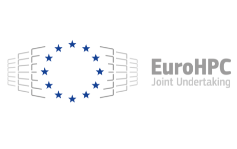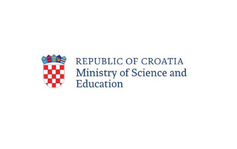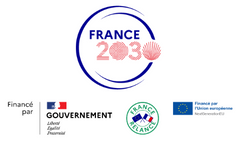The EuroHPC JU allows the European Union and the EuroHPC JU participating countries to coordinate their efforts and pool their resources to make Europe a world leader in supercomputing. This boosts Europe’s scientific excellence and industrial strength, support the digital transformation of its economy while ensuring its technological sovereignty.
The EuroHPC JU has been created in 2018 and recently reviewed by means of Council Regulation (EU) 2021/1173.
Members
The EuroHPC Joint Undertaking is composed of public and private members:
Public members:
- the European Union (represented by the Commission),
- Member States and Associated Countries that have chosen to become members of the Joint Undertaking: Austria, Belgium, Bulgaria, Croatia, Cyprus, Czech Republic, Denmark, Estonia, Finland, France, Germany, Greece, Hungary, Iceland, Ireland, Italy, Latvia, Lithuania, Luxembourg, Malta, the Netherlands, North Macedonia, Norway, Poland, Portugal, Romania, Slovakia, Slovenia, Spain, Sweden and Turkey.
Private members:
- representatives from the three participating private partners, the European Technology Platform for High Performance Computing (ETP4HPC), the Big Data Value Association (BDVA) and the European Quantum Industry Consortium (QuIC).
Budget
The EuroHPC Joint Undertaking is jointly funded by its members with a budget of around EUR 7 billion for the period 2021-2027.
Most of this funding comes from the current EU long-term budget, the Multiannual Financial FrameworkSearch for available translations of the preceding link (MFF 2021-2027) with a contribution of EUR 3 billion, distributed as follows:
- EUR 1,9 billion from the Digital European ProgrammeSearch for available translations of the preceding link (DEP) to support the acquisition, deployment, upgrading and operation of the infrastructures, the federation of supercomputing services, and the widening of HPC usage and skills;
- EUR 900 million from Horizon Europe (H-E) to support research and innovation activities for developing a world-class, competitive and innovative supercomputing ecosystem across Europe;
- EUR 200 million from Connecting Europe Facility-2Search for available translations of the preceding link (CEF-2) to improve the interconnection of HPC, quantum computing, and data resources, as well as the interconnection with the Union’s common European data spaces and secure cloud infrastructures.
The EU contribution is matched by a similar amount from the participating countries. Additionally, private members are contributing an amount of EUR 900 million.
The Joint Undertaking provides financial support in the form of procurement or research and innovation grants to participants following open and competitive calls.
 France
France  Germany
Germany  Spain
Spain  Portugal
Portugal  Sweden
Sweden  Croatia
Croatia  Switzerland
Switzerland  Greece
Greece  Italy
Italy  Netherlands
Netherlands 










